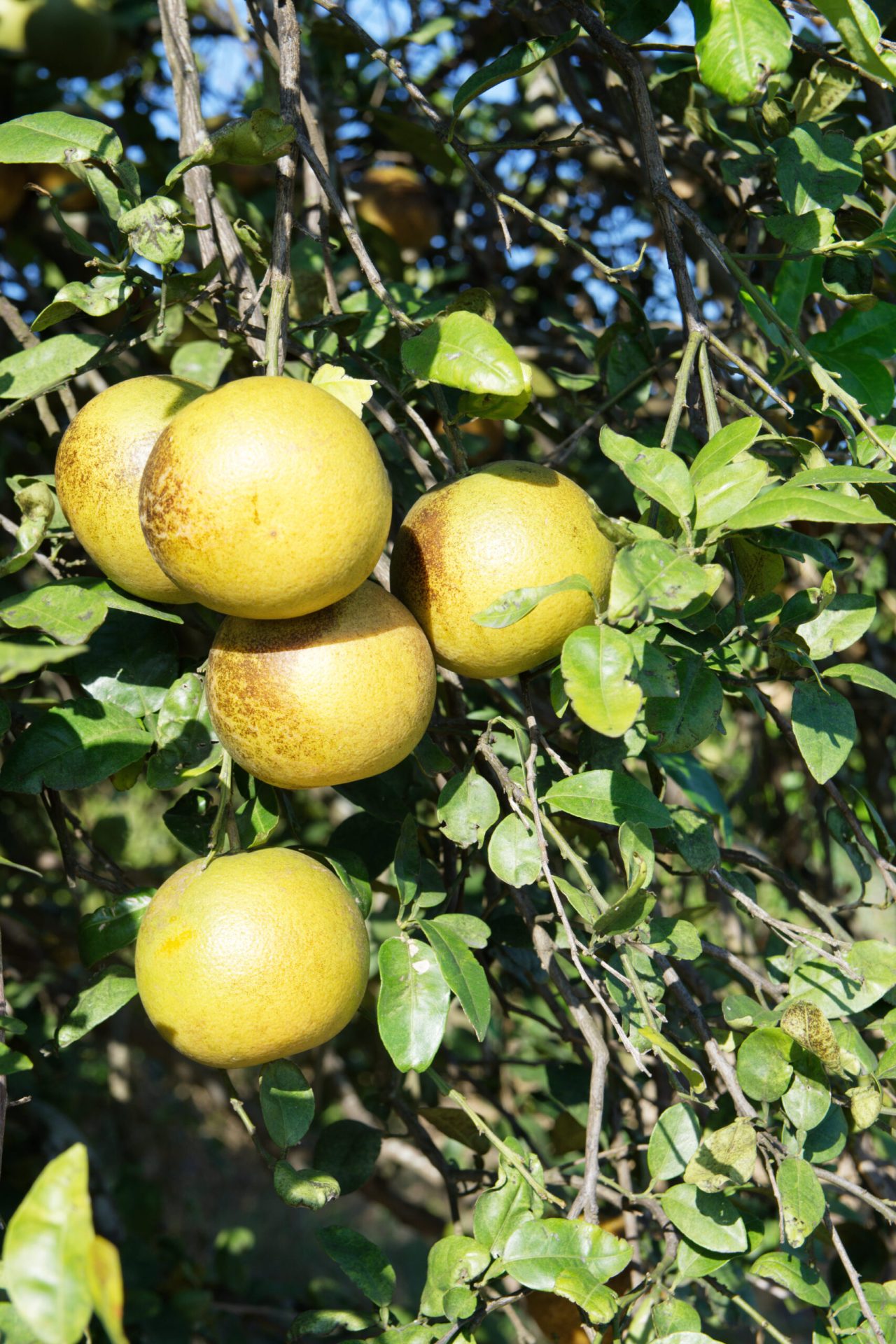You could say the operational motto for Valley citrus producers is “Grow Back Better.”
The deep freeze in February which saw temperatures drop into the low 20s and stay there wasn’t the first time — and won’t be the last — that weather events caused catastrophic damage to the orange and grapefruit groves up and down the Rio Grande Valley.

But following heavy losses of fruit and trees after major freezes in 1983 and 1989, Valley growers used those setbacks as a springboard for innovation.
They’re planning more of the same.
“I got my start right out of high school in the ‘80s and then the ‘83 freeze hit and it makes you question what it is you’re doing in life,” said Dale Murden, a grower and president of Texas Citrus Mutual. “But having said that, every time I’ve lived through a freeze, growers are resilient. … Every time we’ve had a freeze, the Texas industry has come back a little different and a little stronger and a little more improved.”
This year, perhaps miraculously, citrus industry experts believe the crop has not been a complete loss despite temperatures dropping to 21 degrees. When temperatures fall below 28 degrees for more than five hours, oranges and grapefruit still on the branch begin to freeze on the inside, damaging fruit quality.
Murden and other growers reached a consensus the harvest will be about 30 percent of a normal year.
Sensing opportunity
The 1983 freeze, like 1989 and this year, all managed to damage not just the fruit or blossoms on citrus in the Valley, but the actual trees themselves. Many were and are being removed and citrus groves re-planted.
“Prior to (the ’83 freeze) we grew the pink grapefruit,” Murden said. “We took the opportunity in ‘83 to begin planting the dark red grapefruit that we call the ‘Rio Red’ today, so we improved in that area.”
That Rio Red grapefruit has proved to be a best-seller for growers here, and an industry staple.
“It’s a sweeter grapefruit, it’s eye-catching, and I always have to tell people this ain’t your grandma’s grapefruit,” Murden said.
He added that after the 1989 freeze, the citrus industry in the Valley moved to drip irrigation and micro-sprinkler irrigation, not only to conserve water, but growers found it aided tree growth.
“Just many things that we’ve adapted over the years to come back better and stronger, and we’re looking at those same opportunities this time,” Murden said.
$300 million in losses
Estimates of the damage caused by the February freeze to Valley citrus growers is right around $300 million.
Yet the fact the industry is projecting as much as a 30-percent crop this year comes as a surprise to many involved in Valley agriculture.
“I really thought there would be zero production because it came at a time of bloom,” said Juan Anciso, professor and extension vegetable specialist with the Texas A&M AgriLife Extension Service’s Department of Horticultural Sciences in Weslaco.
“Normally it starts blooming in mid-February to mid-March, and I figured there’s nothing going to grow immediately after the freeze. … But there are some orchards that have quite a bit of oranges, and the grapefruit is kind of scattered,” he added.
The Valley grapefruit harvest began about a week ago, around a month-and-a-half later than usual. Growers here also produce what are called “late oranges” which last on the trees until picking in mid-February.
Given that wide time spread, last February some oranges were still on the trees while other orange and grapefruit trees were in the process of blooming.
The right trees
Anciso says he’s beginning to see highway-side fruit vendors already putting out Valley citrus for sale, and “that is good news.”
He said some citrus trees fared better than others in the aftermath of the February freeze, and he noticed a pattern in the trees that are still producing.
“It really came from those trees that were in the five-year-old to 20-year-old kind of range,” Anciso said. “Not too old, and not too little. They’re the ones that seemed to survive the freeze better and came back and are doing a little bit of production.”



